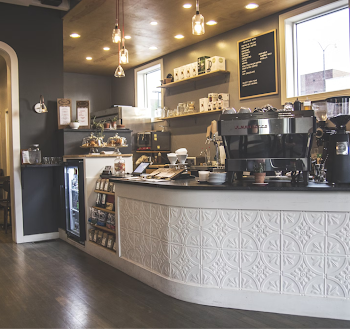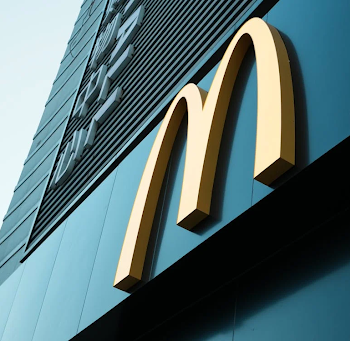Fire safety is a top priority in the restaurant industry, where open flames, hot surfaces, and flammable materials are part of daily operations. Given these inherent risks, implementing robust safety protocols is not just a regulatory requirement but also a crucial step in protecting lives and property. Among the various safety measures, fire suppression systems stand out as one of the most effective ways to prevent catastrophic damage. These systems are designed to detect, contain, and extinguish fires before they escalate, playing a vital role in maintaining a safe environment for staff, patrons, and the establishment itself.
Understanding Fire Suppression Systems
Fire suppression systems are sophisticated setups designed to detect and control fires automatically, significantly enhancing safety in high-risk environments. These systems employ various technologies to address different types of fires. In the context of commercial kitchens, where the risk of fire is particularly high due to cooking equipment and flammable materials, kitchen fire suppression systems are critical. These systems are equipped with sensors that monitor for heat, smoke, or flames, and they activate automatically to release extinguishing agents.
For example, wet chemical systems are commonly used in kitchens to tackle grease fires effectively. This automatic response minimizes the potential damage and allows for quick intervention, often before human action is required. Understanding these systems’ operation and importance helps ensure that businesses can safeguard their premises, comply with safety regulations, and protect both personnel and property from fire hazards.
Types of Fire Suppression Systems in Restaurants
There are various types of fire suppression systems tailored to the unique needs of restaurant environments. The most common systems include wet chemical suppression, dry chemical suppression, and gaseous fire suppression systems. Wet chemical systems are widely used in kitchens as they are effective against grease fires, which are common in restaurant settings. These systems discharge a liquid that cools the flames and forms a barrier to prevent re-ignition. Dry chemical systems, on the other hand, are typically used in areas where electrical fires might occur. They work by releasing a powder that interrupts the chemical reaction of the fire. Gaseous suppression systems are ideal for protecting areas with valuable equipment or sensitive materials, such as computer rooms or storage areas. They extinguish fires by reducing the oxygen levels in the room or by interfering with the fire’s chemical process.
Integration with Other Safety Protocols
Fire suppression systems are an essential component of a comprehensive fire safety strategy, but they are most effective when integrated with other safety protocols. For instance, regular maintenance and inspection of cooking equipment can prevent fires from starting in the first place. Staff training is another critical element, ensuring that all employees know how to respond in the event of a fire. Additionally, having clear evacuation routes and easily accessible fire extinguishers complements the role of suppression systems by providing multiple layers of defense against fire hazards. Together, these measures create a robust safety net that protects both people and property.
Compliance and Legal Requirements
In many jurisdictions, the installation and maintenance of fire suppression systems in commercial kitchens are not just recommended but legally mandated. Compliance with these regulations is essential to avoid penalties, but more importantly, to ensure the safety of everyone in the establishment. Regular inspections by certified professionals are necessary to keep the system in optimal working condition. Failing to maintain these systems can lead to severe consequences, including the risk of fires that could have been easily contained or prevented. Therefore, understanding and adhering to these legal requirements is a fundamental aspect of restaurant management.
Investing in fire suppression systems is not just about meeting legal requirements; it’s about committing to the safety and well-being of your staff, customers, and business. These systems are a critical line of defense in the event of a fire, providing a rapid and effective response that can prevent disaster. By integrating fire suppression systems with other safety protocols and ensuring compliance with all relevant regulations, restaurant owners can create a safer environment and secure the long-term success of their establishment. Fire safety is an ongoing responsibility, and with the right measures in place, it can be effectively managed to protect all who enter your restaurant.



